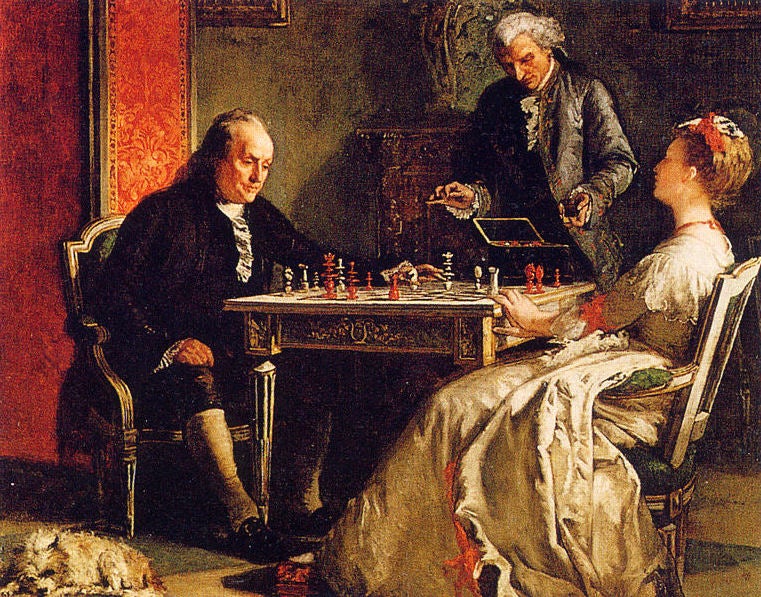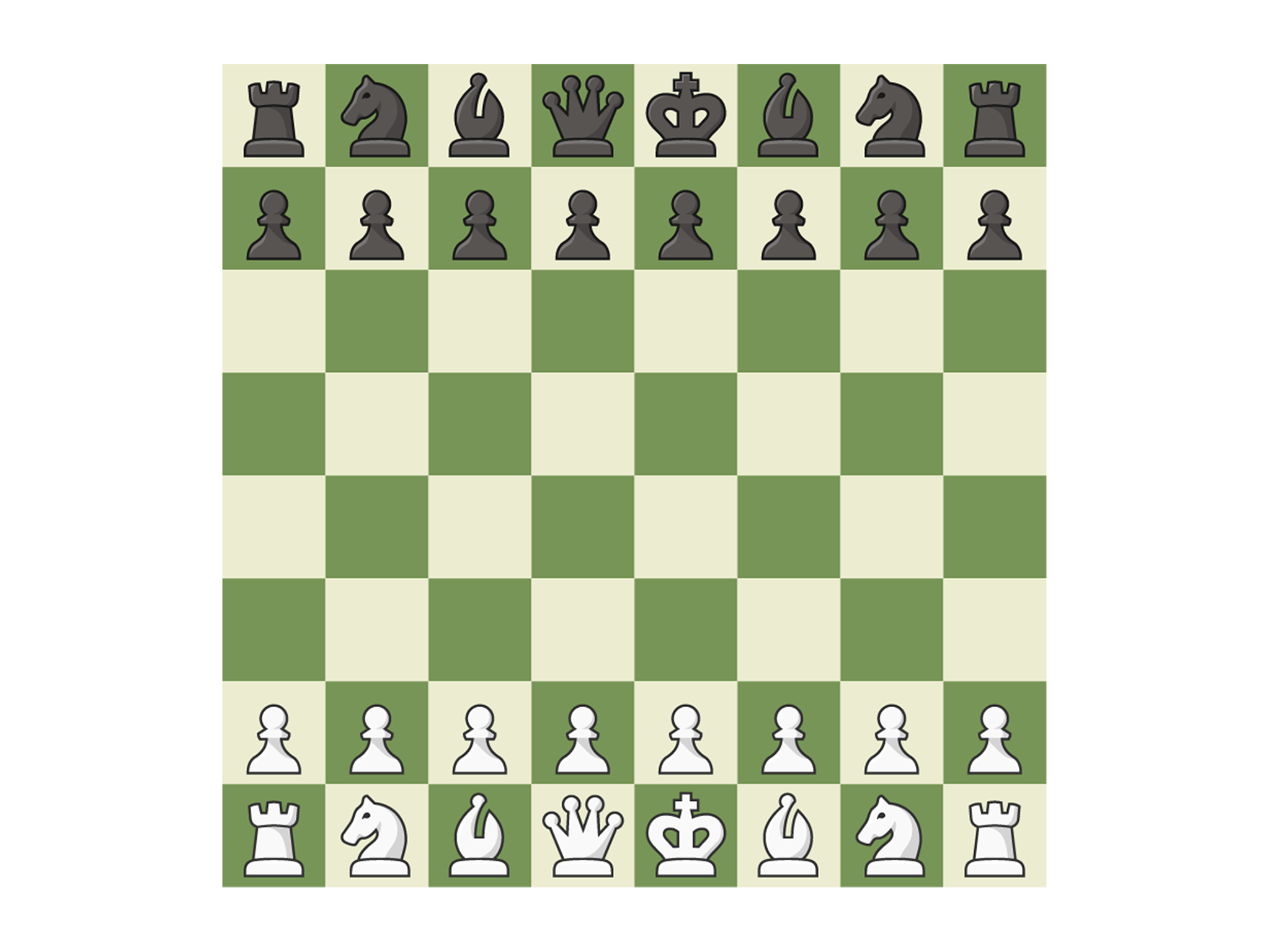World
World Chess Championship 2024: The immediate thrill of Bullet Chess explained

Chess is an ancient game. A slow and cerebral pursuit, favored by philosophers and thinkers, it demands patience, poise, and caution.
Bullet chess is none of those things.
As a reformed addict of the game, allow me to explain. The rules and the pieces are the same as the classical version, but for one significant difference: Each player has only one minute on the clock.
That small change transforms the game entirely. There are more possible variations of chess games than there are atoms in the observable universe, but in bullet chess, all the richness disappears and something more feral emerges: with no time to ponder or think, you can only react. Games are more often won by one player running out of time than they are by a checkmate.
Think of it this way, if chess is a sword fight, bullet chess is a meth-fuelled brawl in a back alley with planks of wood and nails sticking out. If chess is a long ponderous walk in the hills, a poem, a symphony; bullet chess is a sprint on a craggy pebble beach, a football hooligan chanting, four coffees and no lunch.
I started playing this twisted version of the game on Chess.com about a year ago after trying and failing to become a master at the real thing. It was Christmas, or maybe Thanksgiving, and I was in need of a distraction from some excruciating family gathering. I liked the idea of chess.
I liked that it has existed for nearly 1,500 years and has been played by such historical figures as Benjamin Franklin, Napoleon Bonaparte and Sting. But I required something more suited to a brain that had been addled by years of social media use and an attention span whittled down to the bone.

My obsession started out harmless enough. With bullet chess, I could zone out for a few minutes here and there, filling the gaps between conversations. Soon I began to reach for it when someone was telling a boring story or my full attention wasn’t mandatory.
Eventually, I became so addicted that I would launch a game in the middle of an important conversation. A friend would be telling me about their day and I would stealthily fire up a game on my phone and be battling with an adversary in India or China within seconds. I’m ashamed to admit I once played a game on my phone while on the phone with someone.
I became addicted to the adrenaline. The immediacy of bullet chess is a thrill — it raises the heart rate as much as a treadmill (well, close enough). The app I use to play bullet chess is absurdly fast — it couldn’t work any other way — and the speed required of the game is why it is almost exclusively played online. Moves are calculated in a second or less and the pieces fly across the board like birds in a cage.
I discovered precisely how fast the game is when, after one long streak of losses in a row, I realized that I was being hampered by my distance from the router in my apartment. The WiFi speed was costing me milliseconds, and those milliseconds were costing me games.
In the early stages of a game, when both competitors are playing book moves — that is, moves that are well-established opening gambits — players often input their next move before their opponent has finished their turn. The app registers the “pre-move” and carries it out the instant the other player’s move is complete.

The prevalence of pre-moves gives bullet chess an added element of trickery that the classical game doesn’t have. Players can anticipate them and move their pieces in unexpected ways to force an error. To win in the classical game is to slowly strangle your opponent like a Boa constrictor. Bullet chess is as fast and deadly as the name suggests.
The game does some interesting things to the brain. The intense focus required can produce a deep feeling of zen. It blots the world out for two minutes, which can be relaxing. That is when I’m winning. When I lose, it produces a feeling of jittery rage and obscenities in the wind. I have emerged from long sessions of doing battle as a ghost of a man, dehydrated and blurry-eyed, asking what day it is.
My addiction is now mostly cured, but I look back fondly on the moments of brilliance and despair. I’ve seen empires rise and fall inside those two minutes. I’ve had rivalries with complete strangers on the opposite side of the world (including one memorable 15-game duel with an Argentinian player who kept posting the laugh-crying emoji every time he won).
Despite all my hours playing, I’ve yet to master this iteration of the game. To reach the next level I would probably have to study chess theory and learn opening gambits by heart. That is not something I’m willing to do. I prefer to exist on this instinctive plane — a two-minute hate, astral projection in an app.
I do, however, find some comfort in the knowledge that I would destroy Benjamin Franklin at this game. He may have founded a nation, drafted the US Constitution and the Declaration of Independence and invented bifocals, but he has never held a phone in his hand. He simply doesn’t have the dexterity to compete.









